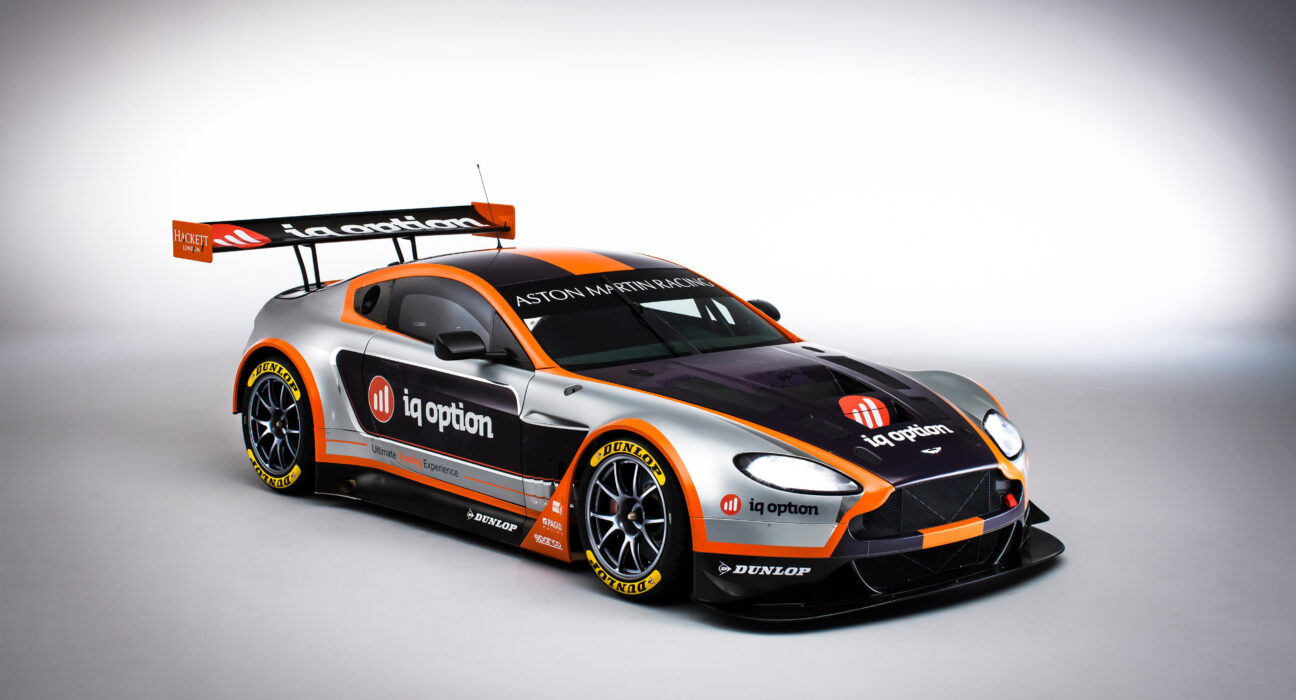The automotive landscape is evolving at a rapid pace, and the competitive dynamics are more intense than ever. In a recent statement, the CEO of Volvo emphasized the need for the car industry to “shape up
” in order to effectively compete with Chinese electric vehicles (EVs). This assertion highlights the growing influence and technological advancements of Chinese automakers in the global market.
As major players like China continue to invest heavily in electric vehicle technology, traditional automakers face mounting pressure to innovate and adapt. The transition towards electric vehicles represents a significant shift in consumer preferences and environmental considerations. With China emerging as a frontrunner in EV production, established car manufacturers are compelled to enhance their offerings to stay relevant.
The emergence of new players and disruptive technologies poses both challenges and opportunities for the automotive sector. By recognizing the competitive landscape and embracing innovation, companies can position themselves strategically amidst evolving market trends. The CEO’s call for the industry to “
shape up
” underscores the importance of agility and forward-thinking strategies in navigating this transformative period.
In parallel, discussions surrounding economic policies such as tariff adjustments and trade agreements further impact the industry’s trajectory. President Trump’s mention of a potential new tariff date in August reflects ongoing efforts to recalibrate trade relations on a global scale. These developments have repercussions for various sectors, including automotive manufacturing, influencing supply chains and market dynamics.
Expert analysis suggests that adapting to changing market conditions is imperative for sustaining competitiveness in an increasingly interconnected world economy. As geopolitical factors shape trade environments, businesses must remain adaptable and responsive to policy shifts that could affect their operations. The intersection of economic policies with technological advancements presents a complex landscape that necessitates proactive strategies from industry leaders.
In light of these developments, collaboration and innovation are key drivers for success within the automotive sector. By fostering partnerships across borders and investing in research and development initiatives, companies can bolster their capabilities amid competitive pressures. Embracing digitalization and sustainable practices also play pivotal roles in shaping future growth trajectories within the industry.
As stakeholders navigate this era of transformation, staying abreast of market trends and regulatory changes is paramount. The evolving dynamics underscore the necessity for continuous evolution within the car industry to meet shifting consumer demands while addressing environmental concerns. The CEO’s emphasis on competitiveness vis-a-vis Chinese EVs signals a pivotal moment for traditional manufacturers to elevate their standards and embrace change proactively.
In conclusion, the call for the car industry to “
shape up” reflects broader themes of adaptation and resilience amid disruptive forces reshaping global markets. By prioritizing innovation, collaboration, and strategic foresight, companies can navigate challenges effectively while capitalizing on emerging opportunities within an ever-evolving automotive landscape.

